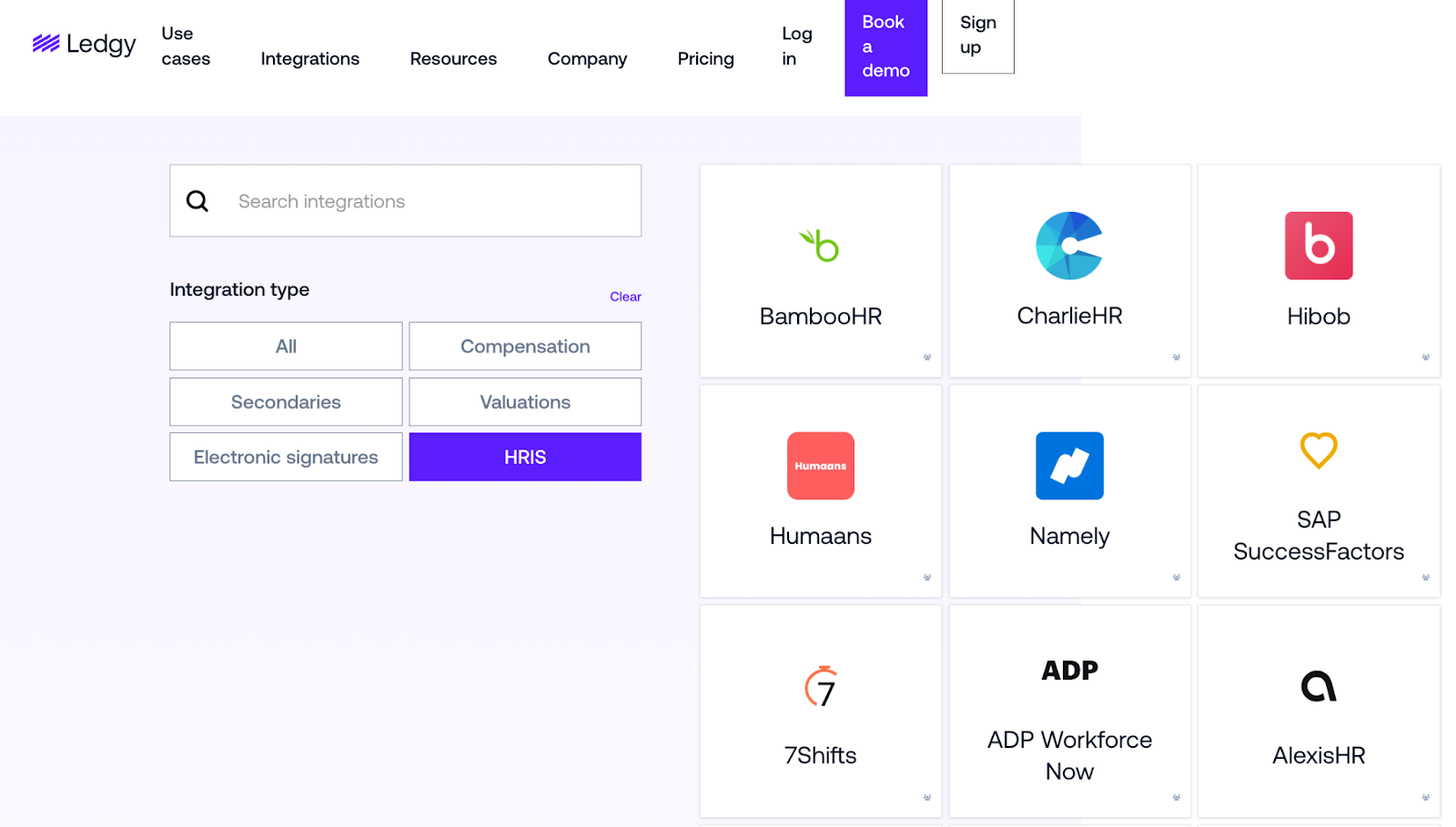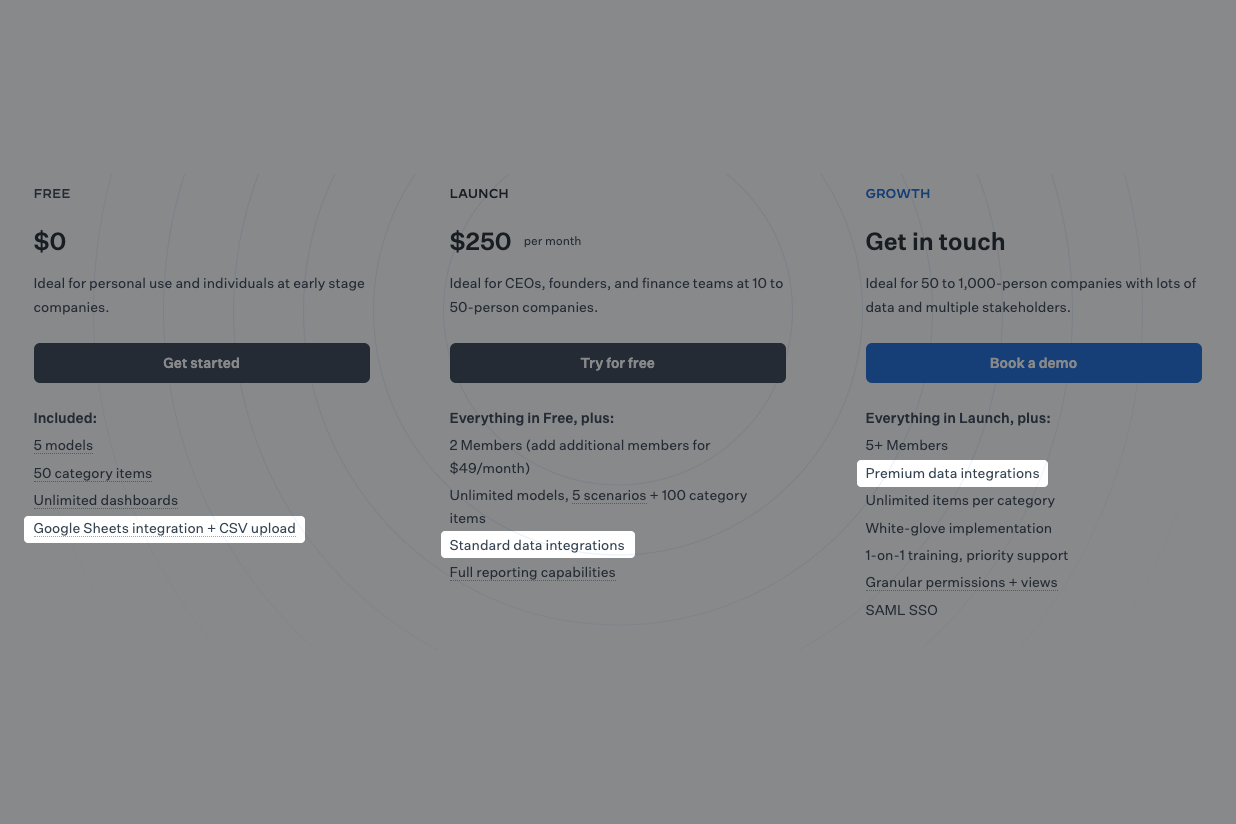What is a universal API? Here’s what you need to know

As you look to build integrations with your product, you’ll likely consider two implementation options: developing and maintaining the integrations in-house and outsourcing them to a 3rd-party.
We’ll break down why the 3rd-party approach, more specifically, using a universal API solution, is often the best choice by highlighting its benefits. But to start, let’s cover what universal APIs are and the vendors you might come across.
{{blog-cta-100+}}
What is a universal API?
A universal API, also known as a unified API, is an aggregated API that lets you build multiple integrations between your product and 3rd-parties for a given software category (e.g. HRIS).

Related: What is unified integration?
Universal API examples
You can find a broad range of universal API vendors in both B2B and B2B2C. In addition, the vendors you’ll come across will likely vary based on the category of software you’re interested in integrating with.
For instance, Codat and Rutter offer a universal API for accounting and payment platforms; Finch and Kombo offer a universal API for HR systems; Nylas and Cone offer a unified API for email; Vessel offers a universal API for GTM tools; and Merge, which strives to be the one-stop-shop for all B2B integrations, offers seven (and growing) unified APIs across popular software categories, including HRIS, ATS, CRM, file storage, marketing automation, ATS, and ticketing.
Universal API use cases
To give you a better idea of how your team can use universal API solutions, let’s break down a few use cases.
Automate user provisioning
To help users adopt your product quickly and easily and ensure they have the appropriate set of permissions over time, you can integrate your product with customers’ HRIS solutions and build the following flows:

- Once a customer adds an employee to their HRIS, that employee—along with their associated information—gets added to your product
- Any time a customer edits or adds employee information in their HRIS, those changes get reflected in the associated user’s profile in your product
- Once a customer marks an employee as terminated in their HRIS, the associated user’s offboarding flow kicks off in your product
Streamline compliance tasks
Say you offer a compliance automation platform that helps customers perform all of the tasks necessary to comply with certain security and data privacy regulations and audits.
To help customers discover these tasks and work on them, you can integrate your platform with customers’ ticketing platforms and build the following flows:

- Any time a task in your platform gets created, the associated ticket gets added in the customer’s ticketing platform
- Whenever a task or ticket is modified (including when it’s marked as resolved), the associated task or ticket is updated accordingly
Expedite gift-giving workflows
Imagine you offer a gift-giving platform and want to help customers deliver the right gifts to employees at the right time.
To do this, you can connect to customers’ HRIS solutions, sync fields like birthday, start date, job title, etc. and build the following workflow:

- Once a key milestone event is detected (e.g., an employee’s one year work anniversary), the associated gift-giving workflow immediately goes into action
Universal API benefits
Here are just a few reasons why you should invest in a unified API solution:
Closing new business
Your clients are likely evaluating your solution alongside others across a variety of dimensions, from pricing to support to security to integrations. And while each criteria is important, executing a best-in-class product integration strategy is especially influential.
Case in point: Roughly 4 in 5 buyers (81%) say that a vendor’s ability to provide seamless integrations is very important. In addition, when we surveyed hundreds of PMs and engineers for our State of Product Integrations report, we learned that more than half of organizations have been able to use the integrations to improve their close rate.

A universal API solution like Merge provides the competitive differentiation you need in your integration offerings, as it allows you to implement dozens in a given category in a matter of days.
A universal API solution like Merge provides the competitive differentiation you need in your integration offerings, as it allows you to implement dozens in a given category in a matter of days.

Related: Benefits of API aggregators
Upselling customers
If customer-facing integrations aren’t absolutely essential to using your platform—but still provide significant value—you can include them in higher subscription plans or make them available as individual add-ons.
This can sway customers into spending more with you over time. And if the integrations are for enterprise applications, like NetSuite, Workday, etc., you’ll likely be able to capture more revenue, as larger organizations with bigger budgets probably use these applications.

Empowering engineering to focus on core initiatives
The process of building and maintaining API integrations in-house is extremely time consuming—and it only becomes more time-intensive as the number of integration projects grows.
Universal APIs take the burden off of engineers’ plates, allowing them instead to focus on initiatives that require their unique expertise, whether that’s building out or enhancing core product features or resolving technical issues that plague the customer experience and lead to churn.
Enhancing the employee experience
Your engineers likely don’t want to spend significant parts of their day on all of the tasks that come with building integrations—from research API docs to testing the connections—and maintaining them—from fixing bugs to building to another endpoint.
Universal APIs largely take this work off their plates and allows them to focus on the more exciting projects they had in mind when joining your company.
Improving customer retention
Once customers adopt your customer-facing integrations, they’ll likely be able to automate critical workflows in your product.
Depending on your product and the integrations you make available, this can be anything from automating user provisioning to streamlining ticket management to fast-tracking lead routing.
Since these workflows add additional value to customers, they’ll be all the more likely to stay on for longer.
Expanding to new markets
Prospects in different markets likely use a certain set of applications. For instance, companies in the UK might use an HRIS like Cezanne HR, while companies in Sweden might be more likely to use an HRIS like Hailey HR.
Integrating with the specific set of applications that organizations in your target market use can help remove a layer of friction in expanding to that market successfully, as it gives prospects one more reason to adopt your platform.
Tips for choosing a universal API platform
Now that you know why universal API platforms are important, the next question is how you go about evaluating and selecting the best platform for your organization.
Here are some criteria to help guide your selection process:
Review the platforms’ universal APIs
You might need a specific unified API today, such as a unified API for HRIS, but your future integration needs are likely to evolve and expand. With that in mind, look for vendors that provide several unified APIs across important software categories.

Determine the data each universal API platform syncs with
Your end-users will likely need to access a number of objects and fields within your integrations, some of which may be standard while others may be customized.
To ensure the platforms account for all the data that’s relevant to your end-users, you’ll need to review their common models along with their extensibility (i.e. their ability to work with data that lies beyond their common model).
Here at Merge, we’ve developed comprehensive common models across each unified API category. But we also recognize that each product and end-user might have specific integration requirements. To help meet them, no matter what they are, we offer Field Mapping, which lets you or your end users’ map data to our common model; Remote Data, which lets you access the most recent data in its original format; and Authenticated Passthrough Requests, which lets you make requests directly to an API.

Assess the platforms’ integration management capabilities
Maintaining product integrations on behalf of clients can be extremely laborious and complex—even more so than building them.
Universal API solutions try to address this pain point by providing integration management features, like request and response logs, issue detection, automated alerts, etc. That said, each solution approaches this differently, so take the time to understand the maintenance capabilities offered by each platform; and, if possible, get access to accounts with demo data so you can get hands-on experience with each platform.

Analyze the platforms’ reviews on 3rd-party review sites
Even after you’ve played around in the platforms and held extensive technical discussions with different vendors, you should take the time to review how the platforms compare on 3rd-party review sites like G2.
The reviews can help you confirm each vendor’s unique strengths and weaknesses as well as rule out vendors with overwhelmingly negative reviews. If you want a high level overview, you can also review the G2 Grid® for Unified APIs, which allows you to directly compare the vendors across two axes: satisfaction and market presence.
Ready to start scaling your product integrations? Learn how Merge can help by scheduling a demo with one of our integration experts!




.svg)



